Session 1: Mechanisms of Amyloids: From Their Origins to Their Roles Across Kingdoms of Life
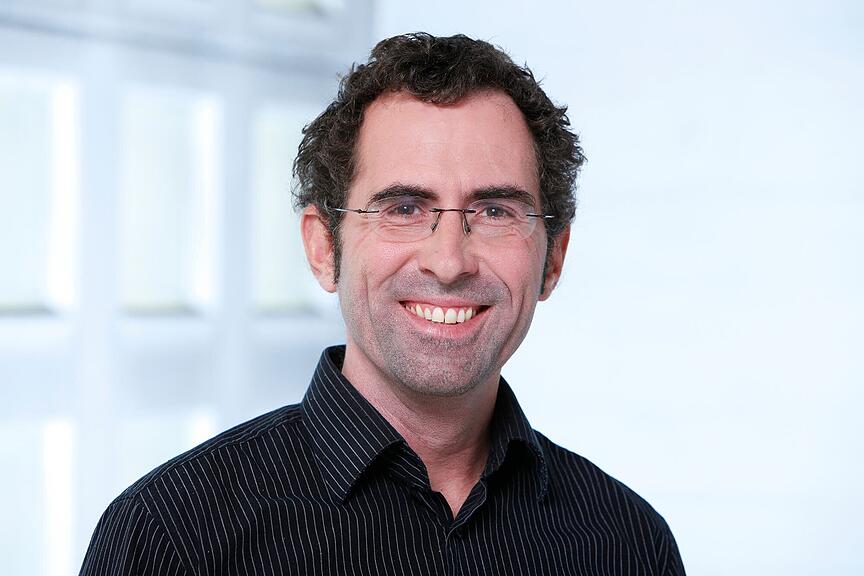
Roland Riek is a Full Professor of Physical Chemistry at ETH Zurich. His research bridges structural biology and the origins of life, with a focus on amyloids—protein aggregates that he explores as potential precursors of early life molecules. By studying how amyloids interact with RNA and DNA, his work provides key insights into molecular cooperation in the evolution of life. A pioneer in biological NMR, Roland has significantly advanced our understanding of protein dynamics, misfolded aggregates linked to diseases, and the molecular basis of cellular functions. With a career spanning top institutions, including the Salk Institute in La Jolla, California, he brings a wealth of expertise to the study of functional amyloids.
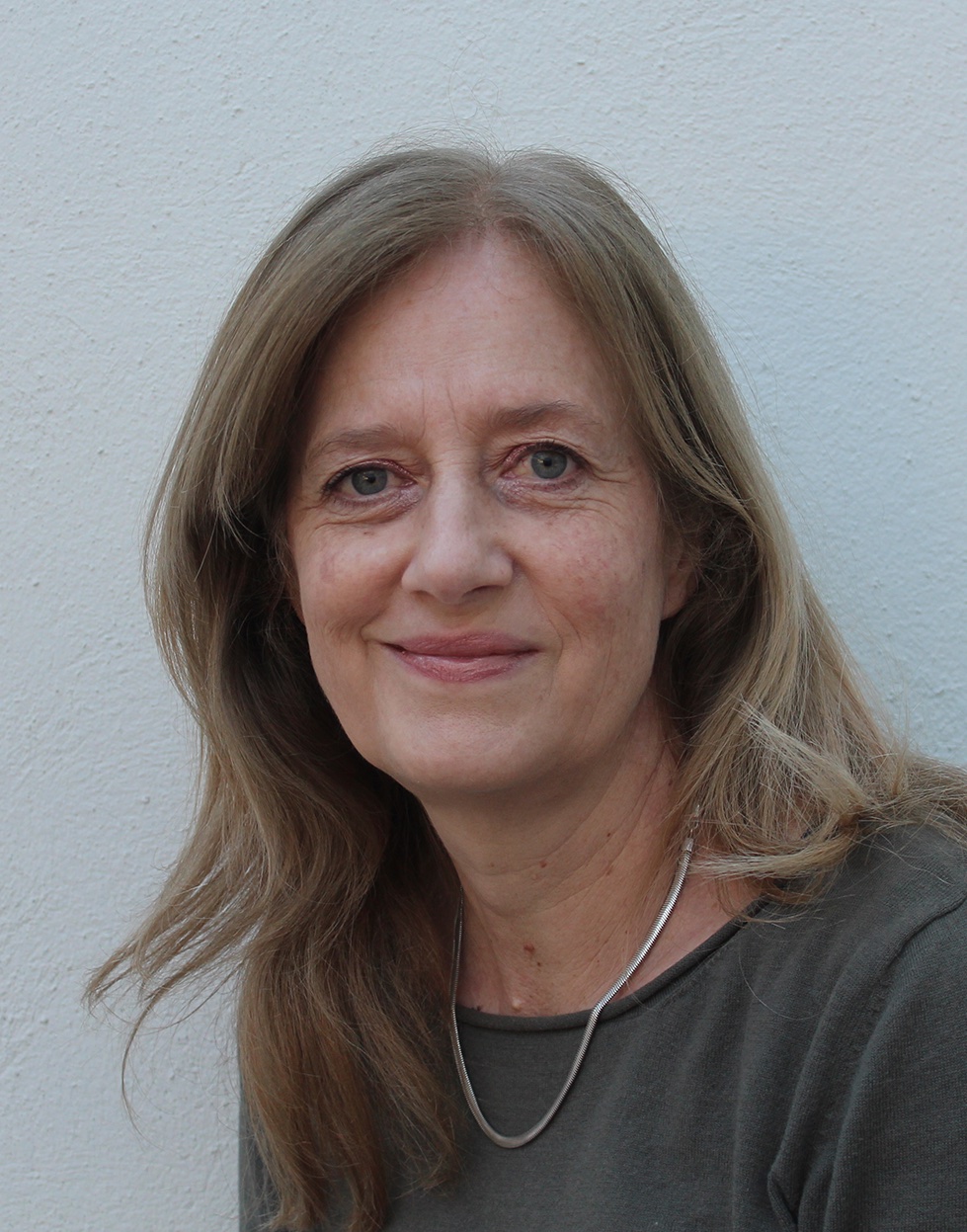
Ina Maja Vorberg
German Center for Neurodegenerative Diseases, Bonn
Dr. Ina Maja Vorberg leads the Prion Cell Biology group at DZNE, where her research explores the molecular mechanisms underlying protein misfolding, aggregation, and intercellular spreading—a hallmark of prion and other neurodegenerative diseases. Her work has significantly advanced our understanding of how prion-like mechanisms contribute to cellular dysfunction, including the role of prion-like domains in protein aggregation and their propagation in neurodegenerative disorders. A key focus is on viral mechanisms that accelerate protein misfolding and dissemination, shedding light on the intersection of infection and neurodegeneration.
Dr. Vorberg is committed to uncovering how these processes can be modulated, offering insights into therapeutic strategies for conditions such as prion diseases and related disorders. Her research, often featured in leading journals, reflects her dedication to solving the challenges posed by protein aggregation and its pathological consequences.
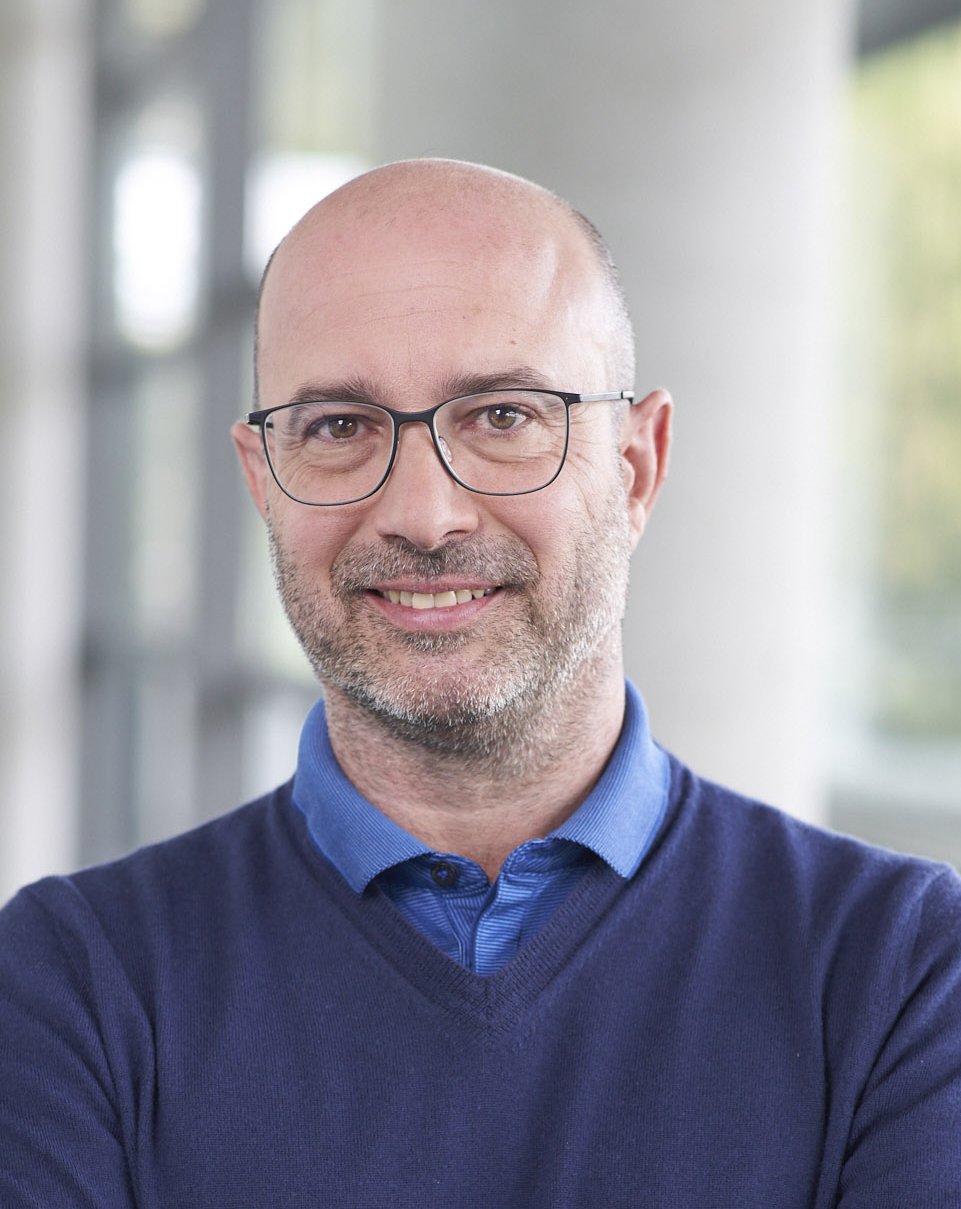
Jan Münch
Universitätsklinikum Ulm
Dr. Jan Münch is a leading researcher in molecular virology, with a focus on the intersection of amyloid biology and infectious diseases. As director of the Institute of Molecular Virology at Ulm University Medical Center, his groundbreaking studies have illuminated the role of amyloids in enhancing viral infections, particularly HIV-1. His team has identified amyloid fibrils in human semen that facilitate viral transmission, shedding light on their dual roles in infection enhancement and sperm quality control.
Jan’s innovative contributions to virology and amyloid research have broad implications for understanding host-pathogen interactions and developing new antiviral strategies, making him a valuable speaker at this conference dedicated to functional amyloids.

Einav Tayeb-Fligelman
Institute for Genomics and Proteomics, UCLA, Los Angeles
Dr. Einav Tayeb-Fligelman is a project scientist at the University of California, Los Angeles (UCLA), specializing in molecular biochemistry. Her research over the past decade has extensively focused on functional and pathological amyloids, with a current emphasis on developing therapeutic strategies for Alzheimer’s disease. At UCLA, she is affiliated with the David Geffen School of Medicine and has been a member of the Eisenberg Lab since 2018. Her work focuses on the molecular architecture of both functional and pathological amyloids, with significant contributions to understanding their structure and how they relate to both pathogenic and functional roles in organisms.
Dr. Tayeb-Fligelman’s interdisciplinary approach combines X-ray crystallography, cryo-electron microscopy, and computational biology to elucidate amyloid formation and its impact on cellular function. Her recent publications include studies on the low complexity domains of the nucleocapsid protein of SARS-CoV-2, providing insights into viral protein aggregation.
She holds a Ph.D. in structural biology from the Technion-Israel Institute of Technology.
Session 2: From Biological Roles to Practical Applications
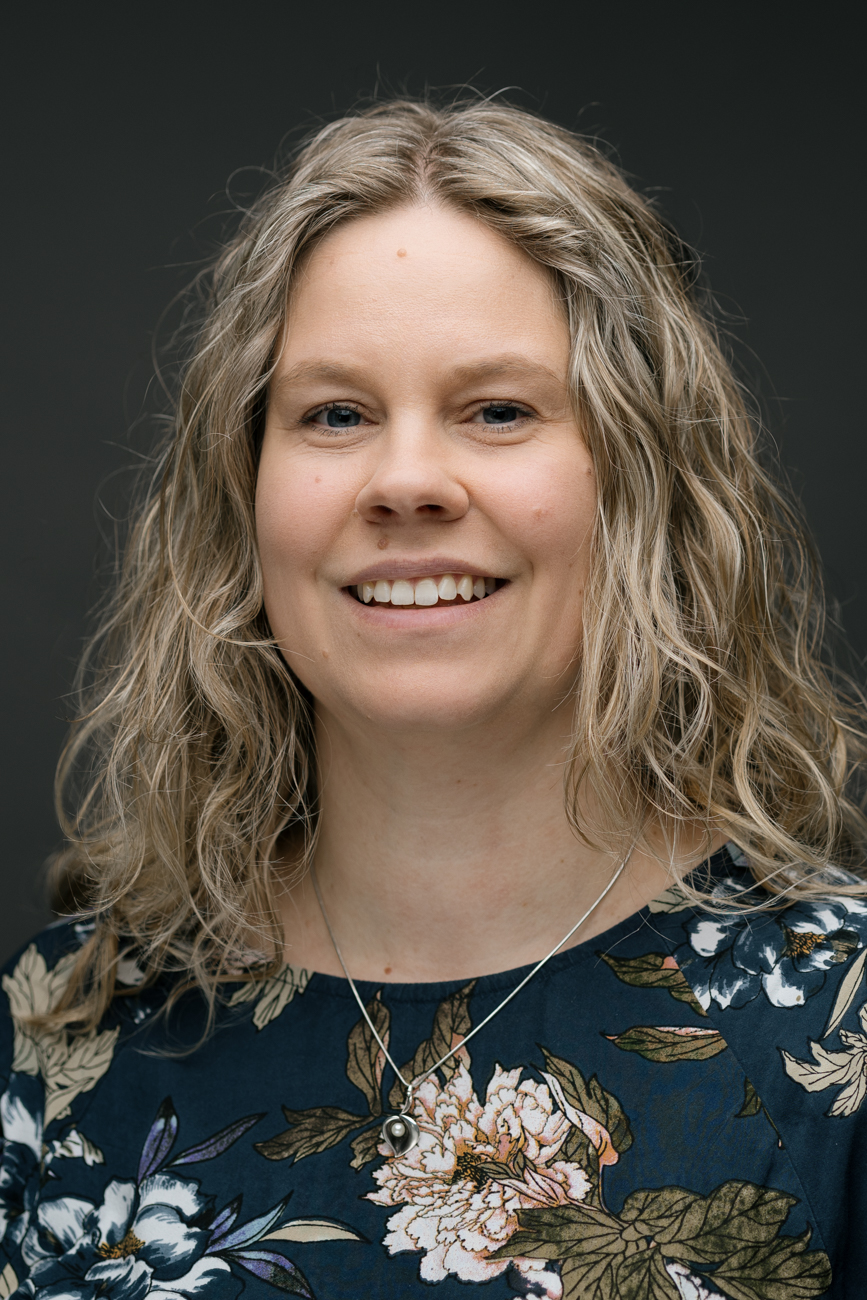
Maria Andreasen
Aarhus University
Dr. Maria Andreasen is an Associate Professor at Aarhus University in the Department of Biomedicine, where her research delves into the biochemistry and structural biology of functional amyloids, particularly those associated with bacterial biofilms. Her work focuses on understanding how amyloids, such as those formed by the protein FapC in Pseudomonas bacteria, contribute to biofilm architecture, antimicrobial resistance, and chronic infections. By exploring the distinct structural and interaction mechanisms of functional amyloids her research sheds light on their role in bacterial survival.Maria’s studies have also uncovered the unique properties of amyloid nucleation and aggregation, including surface-catalyzed mechanisms, and their potential implications for developing therapeutic strategies against biofilm-related infections. She has contributed to several impactful publications, advancing our understanding of functional amyloid biology and its broader applications in health and disease.

Margaret Sunde
University of Sydney
Professor Margaret Sunde is a leading researcher in the field of amyloid science, based at the University of Sydney. She completed her PhD at the University of Cambridge and pursued postdoctoral research at both Cambridge and Oxford before moving to Australia in 2001. Her work focuses on unraveling the molecular mechanisms underlying amyloid fibril formation, with an emphasis on their structural and functional diversity. Her pioneering research has illuminated the shared beta-sheet structures of disease-associated and functional amyloids, providing insights into the distinct roles these fibrils play in biology.
Margaret’s recent studies have explored functional amyloids in microbial infections and viral evasion of host defenses. Notably, her research demonstrated how viral amyloid-forming proteins disrupt programmed cell death mechanisms, offering new perspectives on amyloid’s role in host-pathogen interactions. Her multidisciplinary approach integrates structural biology with biophysical and biochemical tools, contributing to potential therapeutic innovations against diseases involving amyloids.
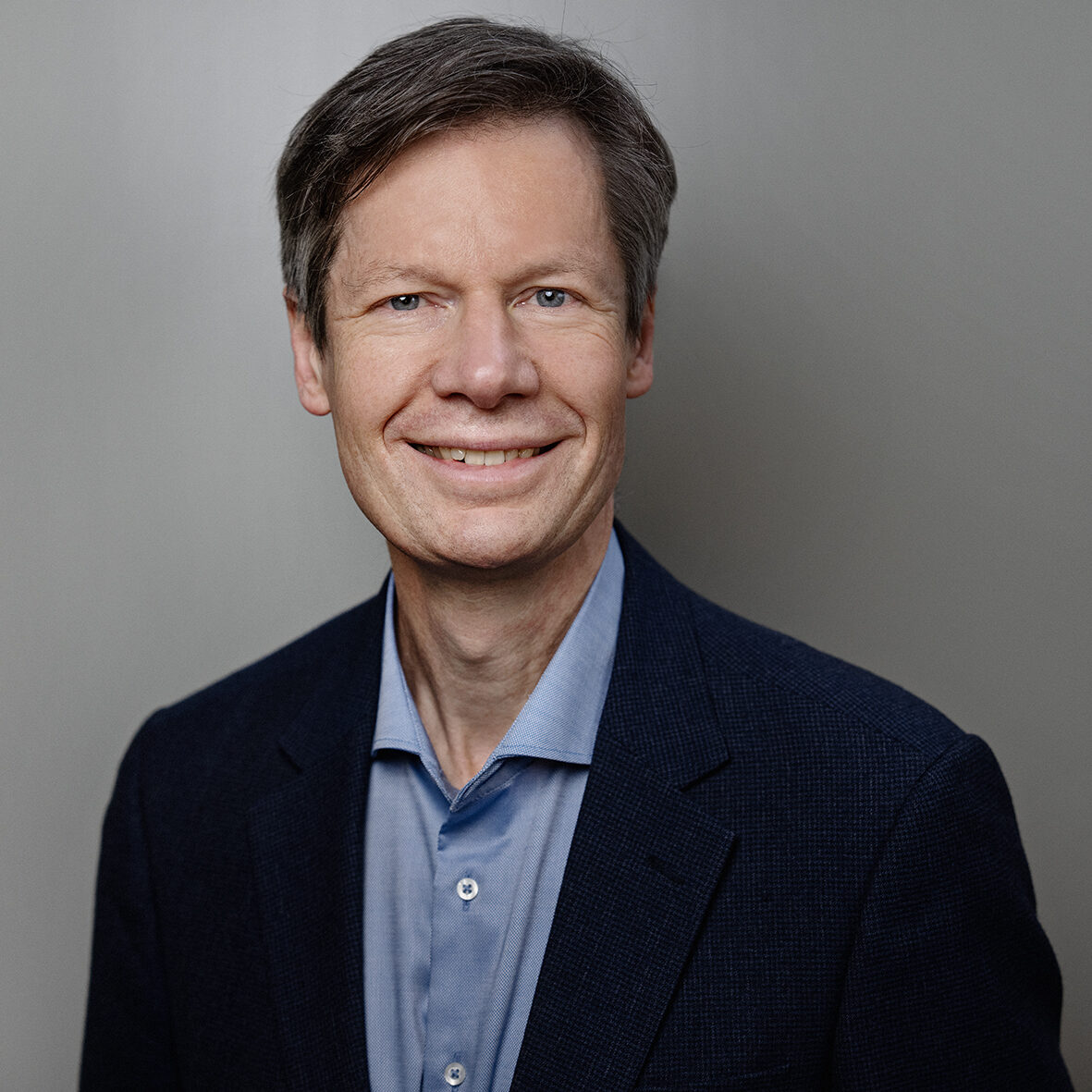
Professor Daniel Otzen is a leading figure in protein biophysics and nanobiotechnology, serving as a Professor at the Interdisciplinary Nanoscience Center (iNANO) at Aarhus University. His pioneering work explores protein aggregation, including the mechanisms behind amyloid fibril formation, which has implications for diseases like Alzheimer’s and Parkinson’s, as well as functional amyloids in bacterial biofilms. His lab integrates cutting-edge techniques such as spectroscopy, electron microscopy, and calorimetry to unravel the biophysical principles of protein folding and misfolding.
Daniel holds a joint PhD from Aarhus University and Cambridge University, where he worked with Sir Alan Fersht, and has since built an illustrious academic and research career spanning fundamental studies on membrane proteins, detergent-protein interactions, and recently, the activity of cold-active and plastic-degrading enzymes. In addition to over 360 publications, he is known for translating his findings to both health-related and industrial applications.
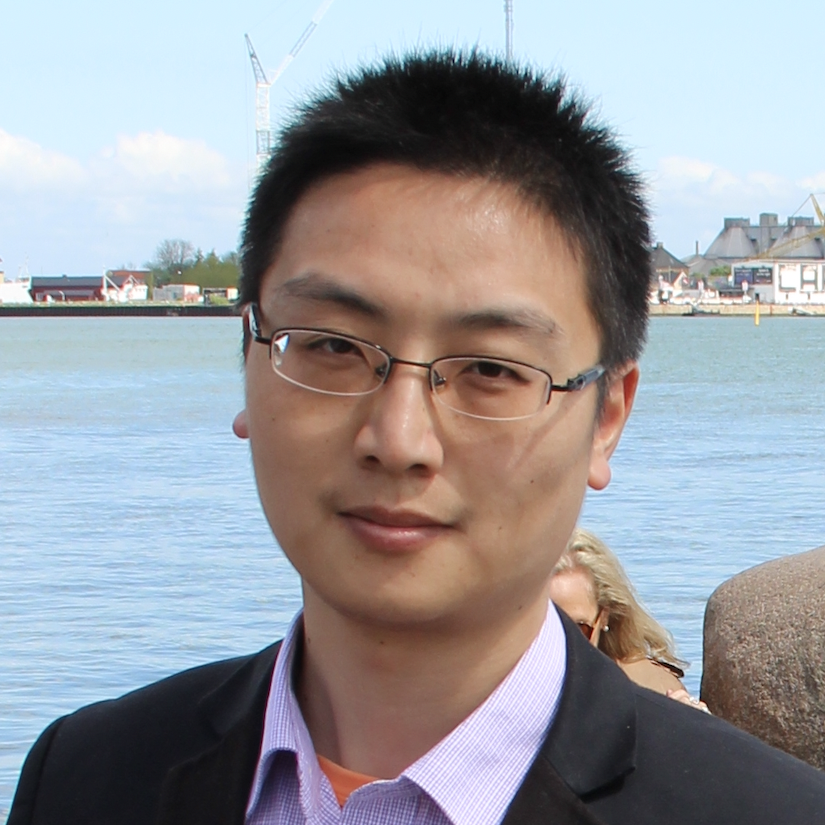
Huabing Wang
Guanxi Medical University
Professor Wang obtained his PhD degree in protein biophysics with the supervision from Professor Daniel Otzen at Aarhus University in 2011, then he continued one year postdoc at Copenhagen University in Denmark. After that, he worked with Professor Mikael Oliveberg from 2013 to 2021 and obtained a permanent position as researcher at Stockholm University in Sweden. He moved back to China to work at Guanxi Medical University as full professor in 2021. He has made significant contributions to the field of functional amyloids. His recent work explores the potential of functional amyloids as biomaterials of the future, and the interactions between pathological and functional amyloids, contributing to our understanding of how these structures behave in biological systems. His interdisciplinary approach, combining protein folding and structure expertise with materials science, positions him at the forefront of developing novel biomaterials with potential applications in medicine and biotechnology.
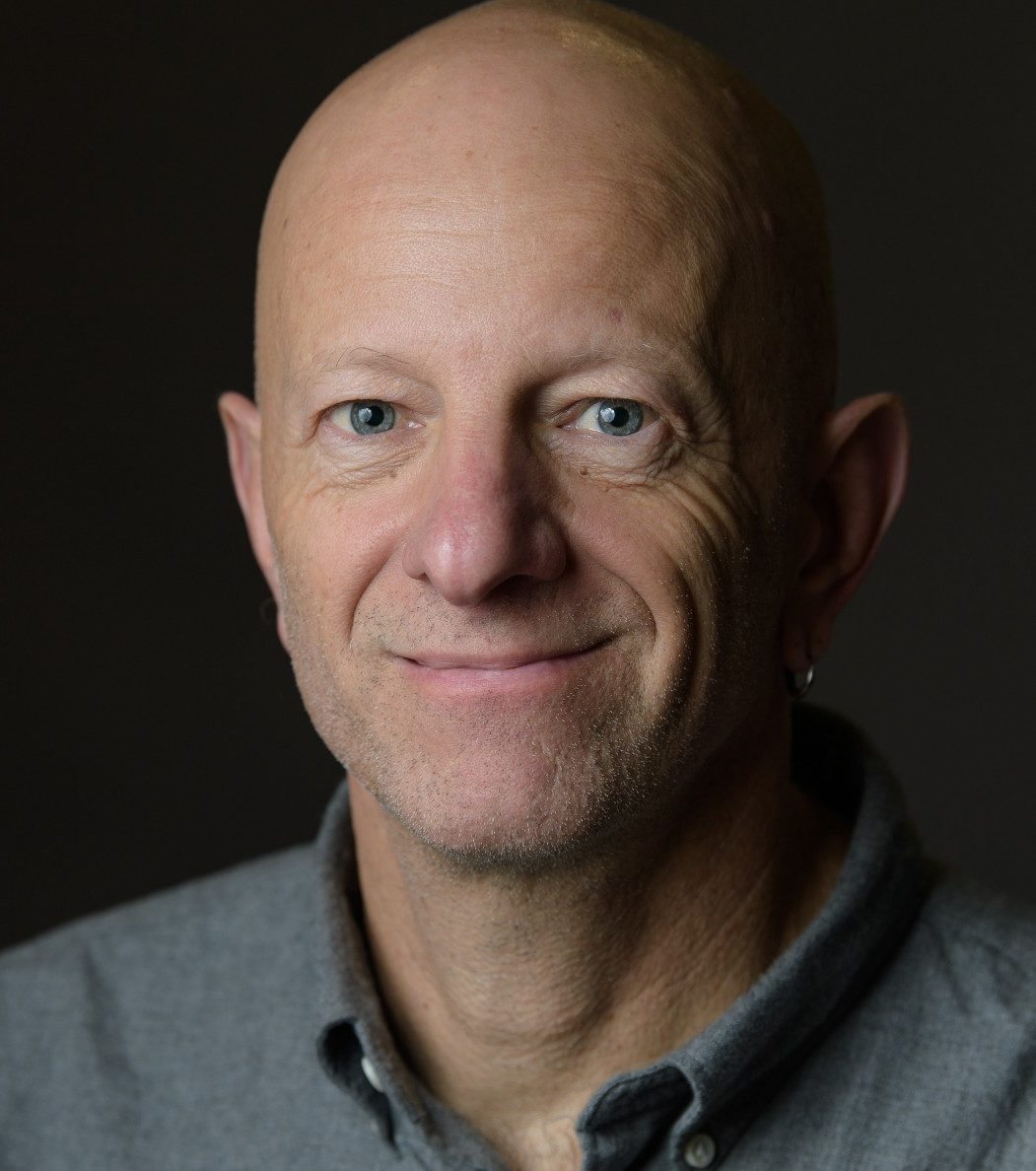
Raz Jelinek
Ben-Gurion University
Raz Jelinek is a distinguished researcher whose lab’s focus spans energy storage, nanotechnology, advanced sensors, biological chemistry – with one of the focuses being functional amyloids. Raz Jelinek obtained his BSc in chemistry from the Hebrew University of Jerusalem, Israel, and his PhD from the University of California, Berkeley. Raz is a Professor at the department of Chemistry at Ben Gurion University, Israel, where he leads a research team focused on exploring the mechanisms that underlie amyloid formation and stability. He is passionate about uncovering how these protein assemblies can be harnessed for novel technologies and therapies. His work bridges the gap between fundamental science and practical applications, highlighting the innovative potential of amyloids in fields such as biotechnology and medicine.
Session 3: Functional or Pathological: Which One Are You?
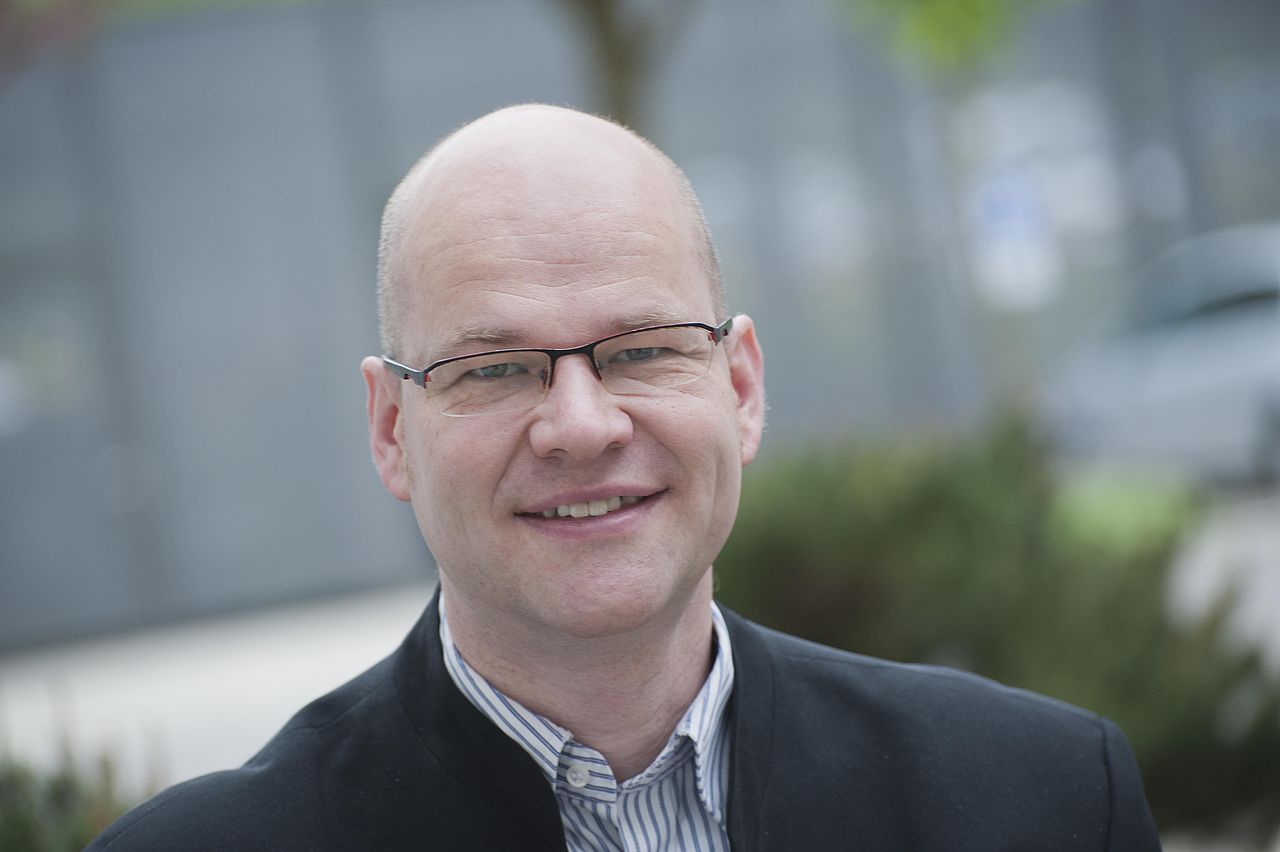
Marcus Fändrich
Universität Ulm
Professor Marcus Fändrich is a leading expert in the structural and biochemical mechanisms of amyloid formation and its implications for human health and biotechnology. As Director of the Institute of Protein Biochemistry at Ulm University, his research spans the molecular understanding of amyloid fibrils in disease contexts, such as systemic amyloidosis, and their potential technological applications. He has contributed extensively to elucidating how protein misfolding and aggregation lead to pathological deposits, with a focus on antibody light chains in amyloidosis and other amyloid-related conditions.
Professor Fändrich leads interdisciplinary efforts utilizing advanced techniques like cryo-electron microscopy to unravel the variability and organ-specific effects of amyloid deposits. His work not only informs fundamental science but also seeks to translate findings into innovative diagnostics and treatments. An accomplished scientist, Professor Fändrich has published widely and spearheaded collaborations addressing the biochemical basis of protein misfolding diseases.

Rafael Giraldo
Centro Nacional de Biotecnología, Madrid
Professor Rafael Giraldo is a leading researcher at the National Center for Biotechnology (CNB-CSIC) in Madrid. He got a PhD in Biology by the Complutense University in Madrid and did a postdoc at the MRC-LMB in Cambridge, UK, before becoming a CSIC permanent staff scientist in 2000. Rafael’s work focuses on understanding the molecular mechanisms that regulate the functional and toxic states of intracellular amyloids in bacteria.
One of his landmark contributions is how a functional amyloid structure in the bacterial protein RepA regulates DNA replication through plasmid clustering. Rafael’s laboratory bridges structural biology, synthetic biology, and molecular microbiology to shed light on the roles of amyloids in cellular processes and their potential as innovative bioresources and devices for applications in biotechnology and biomedicine.
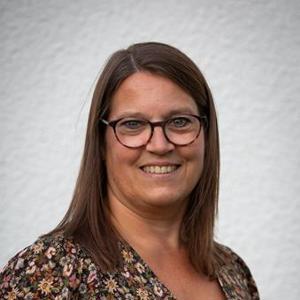
Sofie Nyström
Linköping University
Dr. Sofie Nyström is an Associate Professor at Linköping University, where her research explores the intricate world of amyloids, focusing on their roles in neurodegenerative diseases and functional biological processes. Her groundbreaking work includes elucidating the amyloidogenic properties of the SARS-CoV-2 spike protein and its potential implications in COVID-19-related symptoms, including blood coagulation disturbances.
With expertise spanning protein folding, biomolecular interactions, and the pathological mechanisms of amyloids, Dr. Nyström has contributed significantly to understanding how these fibrillar structures form and their roles in health and disease. Her studies, often leveraging experimental biophysics and molecular biology, provide critical insights into amyloidogenesis and its broader biological relevance.
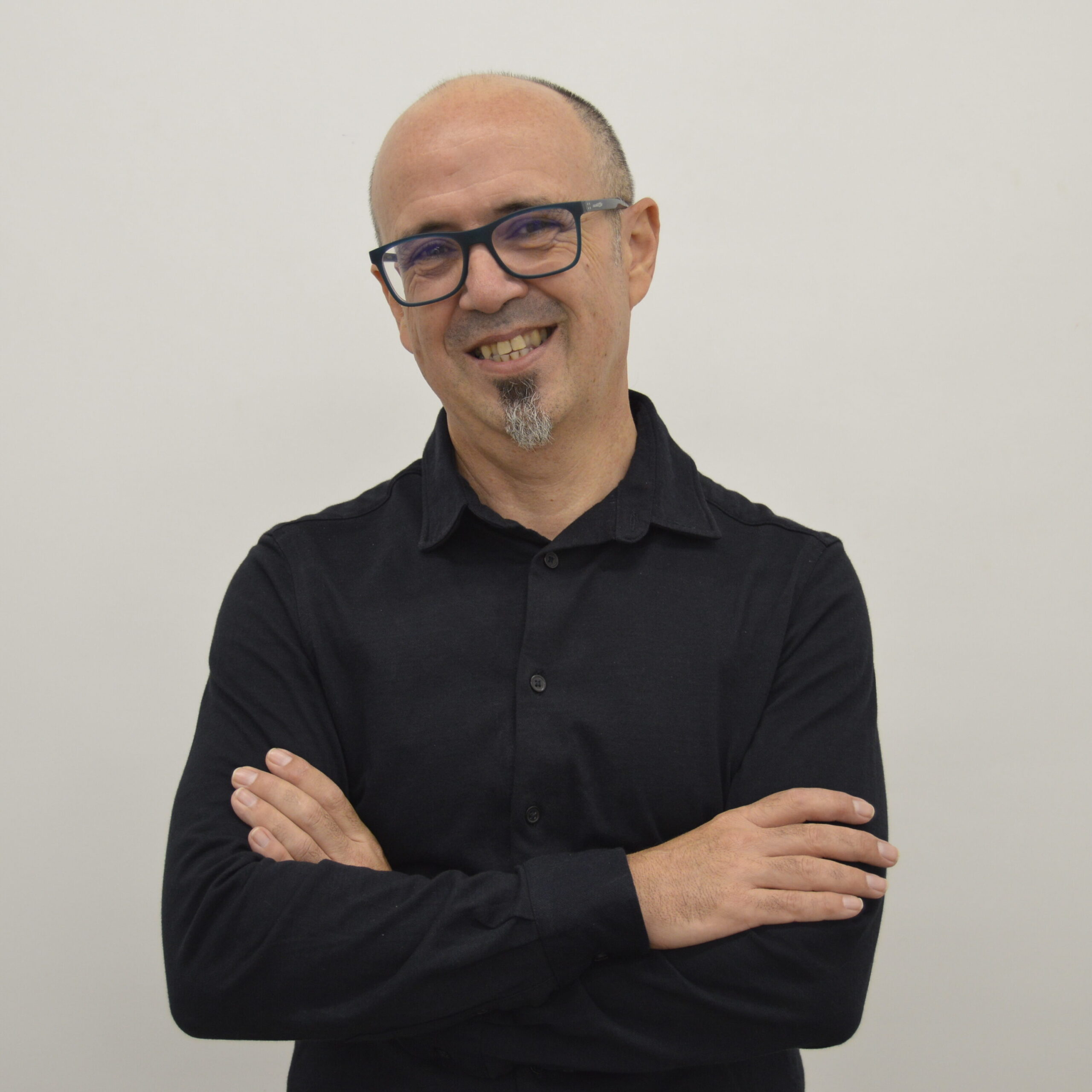
Salvador Ventura
Institute of Biotechnology and Biomedicine
Dr. Salvador Ventura is the director of I3PT-CERCA and leads the Protein Folding and Conformational Diseases group at the Institute of Biotechnology and Biomedicine (IBB), Autonomous University of Barcelona (UAB), where his research focuses on fundamental aspects of protein folding, misfolding, and aggregation. His group works on understanding neurodegenerative diseases related to protein misfolding, combining computational and experimental methods to study the mechanisms underlying these disorders and to design novel self-assembled materials. Dr. Ventura’s contributions, including over 300 scientific articles and 20 patents, reflect his dedication to unraveling the complexities of protein aggregation and its pathological consequences. His recent projects focus on uncovering novel proteins that self-aggregate to uncover their functional pathways and their involvement in diseases. Dr. Ventura’s work not only advances fundamental science but also holds promise for the development of new therapeutic strategies for protein misfolding diseases and materials for nanotechnology applications.
Session 4: Advancing Analytical and Imaging Techniques

Oxana Klementieva
Lund University
Oxana Klementieva is an Associate Professor in Molecular Imaging and head of the Medical Microspectroscopy Laboratory at Lund University, Sweden. Her research focuses on the molecular mechanisms of amyloid formation in neurodegenerative diseases such as Alzheimer’s and Parkinson’s. She has pioneered advanced imaging techniques, including label-free infrared and nanoscale correlative spectroscopy, to directly study amyloid aggregation and its pathological effects in neurons and tissues.
Oxana’s contributions include groundbreaking work on amyloid structures and their role in disease progression. Her group also develops innovative methodologies leveraging state-of-the-art facilities such as MAX IV in Sweden. Beyond research, she is dedicated to fostering interdisciplinary collaborations, exemplified through her leadership roles at LINXS, where she advanced the development of multimodal imaging networks to support the research community.
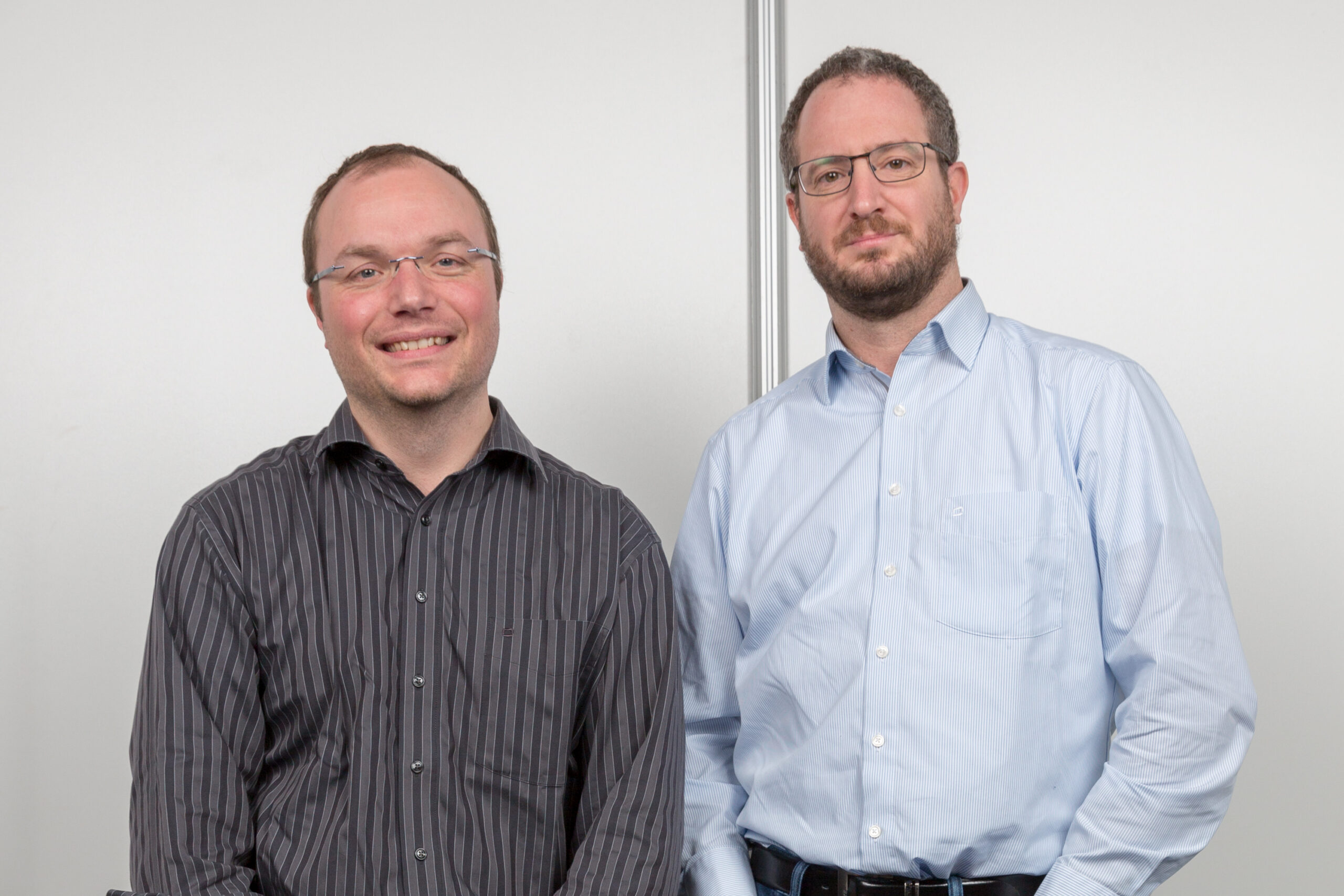
Joost Schymkowitz & Frederic Rousseau
Switch Laboratory, VIB-KU Leuven
Professors Frederic Rousseau and Joost Schymkowitz lead the Switch Laboratory at VIB-KU Leuven, focusing on the intricate mechanisms of protein folding, misfolding, and aggregation. Their groundbreaking work explores how these processes influence diseases and how they can be harnessed for therapeutic innovation. Renowned for their contributions to understanding aggregation-prone regions (APRs) in proteins, they have advanced the field by uncovering how these regions drive amyloid formation while playing roles in both disease and functional biology.
Key innovations include the development of Pept-in™ technology, which leverages protein aggregation for therapeutic purposes, transforming a traditionally pathological phenomenon into a novel drug-design approach. This patented technology has shown potential applications in antimicrobial and oncological therapies. Their research extends beyond fundamental protein science to practical applications in biotechnology and medicine, as evidenced by their spin-off company, Aelin Therapeutics, which is pioneering new therapeutic modalities based on protein aggregation mechanisms.
Both researchers have published extensively in high-impact journals, contributing significantly to our understanding of amyloid structures and their roles in health and disease. Their collaborative efforts bridge theoretical insights with translational applications, making them leaders in the amyloid and protein aggregation research community.
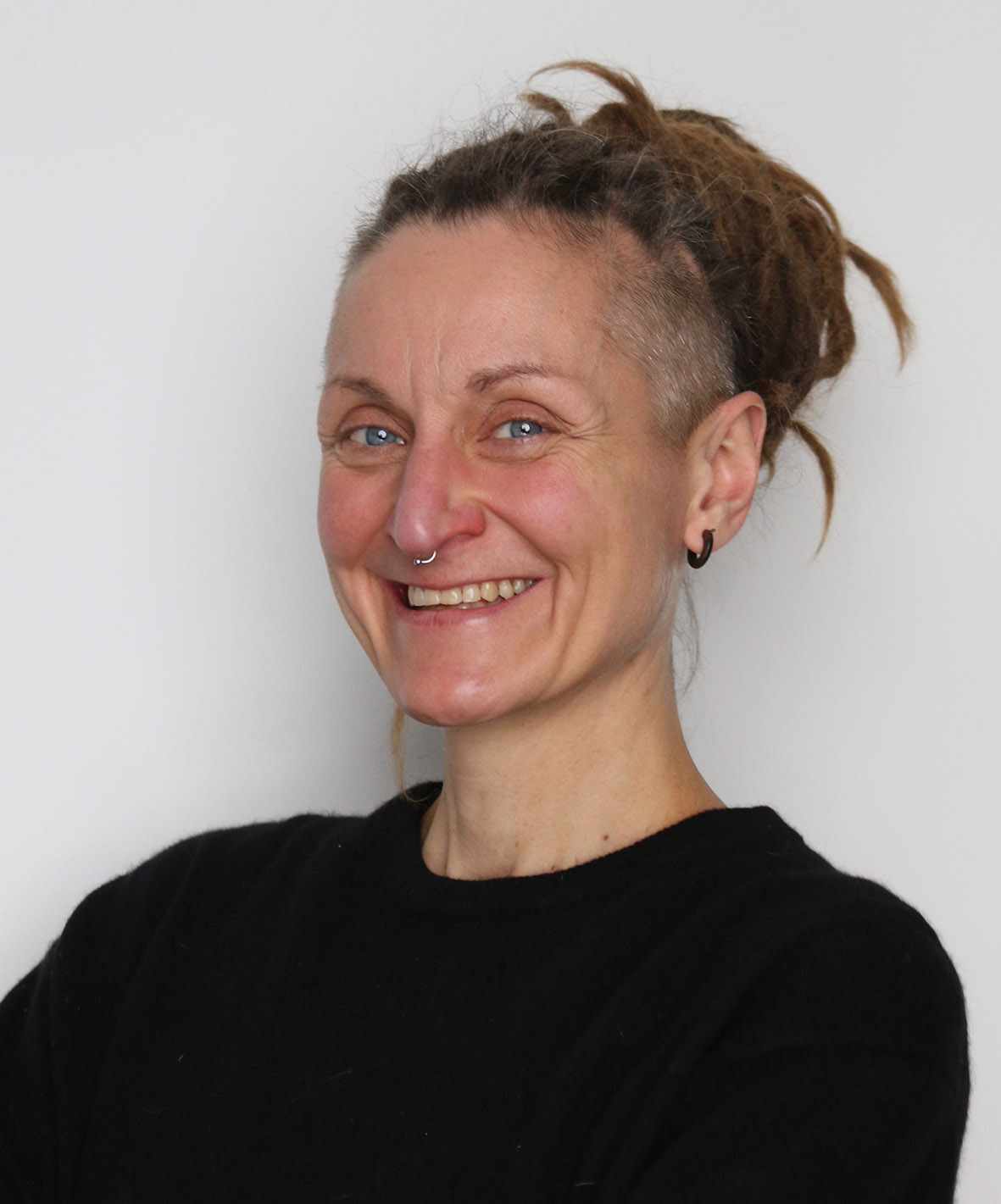
Dr. Susanne Wegmann leads the „Protein Actions in Neurodegeneration“ research group at the DZNE in Berlin, where her work focuses on understanding the neuronal tau protein, a key player in Alzheimer’s disease and other dementias. Her research explores the activation of Tau aggregation within neurons, Tau’s functional roles, currently focusing on its interactions with the nucleus and postsynapses. Her group further looks into the condensed phases of Tau and their effects on Tau aggregation and biology. By integrating biochemistry, biophysics, and studies on human brain samples and animal models, Dr. Wegmann adopts a highly interdisciplinary approach to uncover the molecular mechanisms driving neurodegeneration. Her efforts aim to identify novel therapeutic strategies to counteract tau-induced neurotoxicity. A recipient of the prestigious Rainwater Prize for Innovative Early-Career Scientists, Dr. Wegmann is also committed to fostering global scientific talent and promoting diversity in research through initiatives like the Humboldt Foundation’s Henriette Herz Scouting Programme. Her dedication to advancing both science and equity underscores her influential role in the field of neurodegenerative disease research.
